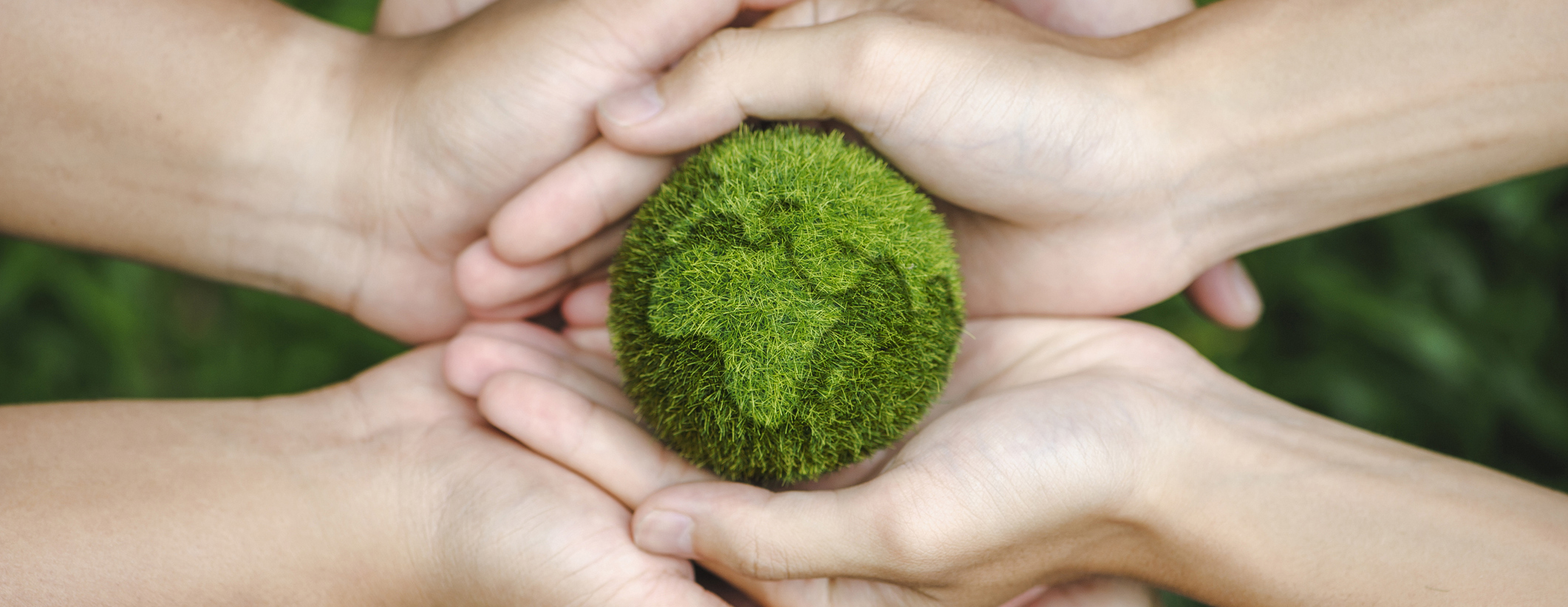By Alvin Lim, CEO, RyPax
The devastating effects of plastic waste have become one of the most pressing environmental challenges of our time. Despite the abundance of discussions and promises, the sobering reality persists: we continue to generate and discard colossal volumes of plastic annually, inflicting immeasurable consequences upon our fragile planet. In fact, the latest scientific data suggests the risk to our oceans is worse than feared.
However, it is essential to remember that despite the daunting statistics, we possess the power to initiate meaningful change. As the CEO of RyPax, a company committed to sustainable packaging solutions, I envision a world where plastic is no longer the default choice for packaging. In this article, I suggest that by fostering innovation, shifting perspectives, and encouraging collaboration, we can pave the way for a future where sustainable packaging is the norm.
In recent years, there have been remarkable advancements in sustainable packaging design that inspire hope. Molded fiber, for instance, has emerged as a game-changer. What’s particularly exciting is the newfound ability to introduce vibrant colors into sustainable materials, shattering the perception that they are limited to monotonous white or natural kraft hues. This breakthrough allows brand owners to maintain their visual identity while making a positive environmental impact. Furthermore, innovations in barrier coatings have expanded the range of applications for molded fiber, enabling its use in sectors like cosmetics and beverages. These developments demonstrate the immense potential of sustainable packaging to transform various industries.
To accelerate the widespread adoption of sustainable packaging, businesses must undergo a fundamental shift in their approach. It starts by recognizing that packaging goes beyond a mere vessel for products—it encompasses the entire lifecycle of a product, from creation to disposal. By considering the total cost of ownership, manufacturers can design packaging that can be easily recycled or composted, reducing its environmental footprint.
This shift in perspective requires companies to prioritize sustainability throughout their entire organization, embedding it into their core values and operations. Moreover, embracing a mindset of incremental progress is essential. Instead of waiting for a perfect solution, companies should accept imperfect but viable alternatives, recognizing that change is an iterative process.
Consumer packaged goods (CPG) companies play a crucial role in driving consumer behavior towards embracing sustainable packaging and reducing waste. Education becomes the cornerstone of this transformation. CPG companies have a responsibility to educate consumers about the environmental consequences of plastic waste and the importance of proper recycling. However, this educational effort should not fall solely on their shoulders.
Consumers must also take an active role by understanding recycling practices and adopting responsible behaviors. Governments, too, have a role to play by investing in recycling infrastructure and creating supportive policies that facilitate a comprehensive recycling system. By promoting a collective effort between CPG companies, consumers, and governments, we can create a sustainable packaging ecosystem.
One of the persistent misconceptions about sustainable packaging is the belief that it hinders creativity and comes with higher costs. However, this perspective is outdated and fails to acknowledge the evolving landscape of consumer preferences. Sustainable packaging provides an opportunity for brands to demonstrate their commitment to environmental stewardship while engaging consumers with innovative and captivating designs. By embracing sustainable materials, brands can create unique packaging experiences that not only attract consumers but also contribute to a greener future.
For brands that are still in the early stages of formulating a sustainability transition plan, it is essential to prioritize prototyping. Collaborating with experienced partners who possess expertise in transforming prototypes into scalable production can be immensely valuable. Such partnerships provide access to education, design expertise, and established connections with production facilities worldwide. By leveraging these resources, brands can successfully navigate the transition to mass-produced sustainable packaging, aligning their objectives with consumer demands and environmental stewardship.
The time for complacency and empty promises has long passed. It falls upon us, as stewards of this Earth, to transcend the realm of rhetoric and translate words into deeds. Only through a concerted effort, where individuals, communities, industries, and governments collaborate in unison, can we hope to halt the relentless torrent of plastic waste and pave the way for a more sustainable future.
While the complete transition to sustainable packaging may seem like a daunting task, I maintain an optimistic outlook. While some applications may still rely heavily on plastic today, ongoing research and collaboration are unlocking new possibilities. It is imperative that we view this transition as a collective effort rather than an individual pursuit. By sharing knowledge, ideas, and resources, we can overcome the barriers that impede progress and collectively create a future free from plastic waste.
The responsibility to achieve a zero-plastic future extends far beyond the efforts of individual companies. It requires collective action from governments, industries, and consumers worldwide. Governments should set standards and apply certifications for all sources of materials with proper auditing to level the playing field for new sustainable materials such as molded fiber. They can help initiate a paradigm shift away from plastic standards.
Industries must embrace innovation, share best practices, and collaborate on research and development initiatives. Consumers, on their part, have the power to drive change through their purchasing decisions. By supporting brands that prioritize sustainability and actively participating in recycling programs, consumers can contribute to the broader shift towards sustainable packaging.
It is crucial to recognize that the transition to sustainable packaging is not a one-time achievement but an ongoing journey. As technologies advance, consumer preferences evolve, and environmental challenges persist, we must remain adaptable and continuously seek innovative solutions. We must also acknowledge that achieving a zero-plastic future requires a global perspective. While larger economies like the United States have a unique opportunity to lead the way due to their scale and existing infrastructure, every country, regardless of size, must actively contribute to this collective effort.
When I reflect on the power of our collective expertise and the inspiring work being done by organizations worldwide, I am filled with hope. The path to a zero-plastic future may not be without its challenges, but by embracing innovation, shifting perspectives, and encouraging collaboration, we can overcome them. Together, let us pave the way for a world where sustainable packaging is not just a choice but a fundamental aspect of our everyday lives. By working hand in hand, we can turn our zero-plastic vision into a reality and leave a lasting positive impact on our planet and future generations.
Our planet’s well-being hangs in the balance, and it is through our actions, not mere words, that we can begin to rectify the damage already inflicted and forge a path towards a world where the impact of plastic becomes a relic of the past.
Are you looking for help to start your zero-plastic journey? Let’s chat soon.











